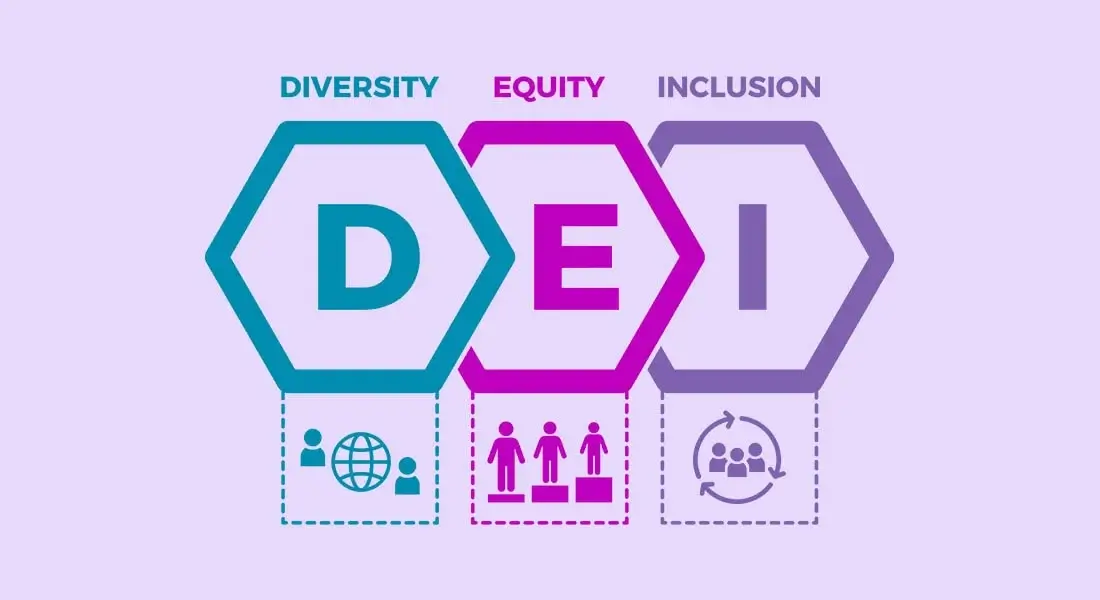Kira interview tips
 Over the last eight years, I’ve helped hundreds of MBA applicants prepare for their Kira interview. Every few weeks, someone still asks, “What even is the Kira interview?” Every time I hear it, I smile. Most applicants either overthink it or underestimate it. But once you understand it, everything changes. It’s not just another admissions hoop to jump through. Instead, it’s your chance to speak directly to the admissions team. There’s no pressure of a live Zoom or panel. It’s just you, your thoughts, and the camera.
Over the last eight years, I’ve helped hundreds of MBA applicants prepare for their Kira interview. Every few weeks, someone still asks, “What even is the Kira interview?” Every time I hear it, I smile. Most applicants either overthink it or underestimate it. But once you understand it, everything changes. It’s not just another admissions hoop to jump through. Instead, it’s your chance to speak directly to the admissions team. There’s no pressure of a live Zoom or panel. It’s just you, your thoughts, and the camera.
So, what is the Kira Talent Assessment?
It’s a timed video and/or written response MBA schools use to see the real you. Programs like LBS, INSEAD, Kellogg, Haas, and Yale use it regularly. You usually answer 3–4 questions. Typically, one is written, and two or three are video-based. You get 30–60 seconds to think. Then, you get 60–120 seconds to respond. No human is watching live, and no retakes. Yes, that can feel intense. But here’s the upside: it’s raw, honest, and direct. You can finally show who you are, beyond your GMAT, CV, or essays.
What are schools looking for?
Based on my experience with successful admits, I’ve spotted a pattern. Firstly, they want clarity of thought. Use the STAR method, it works beautifully. Next, they want calm confidence, even under pressure. Avoid robotic delivery; let your emotions guide you. Then, share teamwork or leadership stories that feel real. Lastly, show you fit the school’s vibe and values. No need to impress, just connect. Ask yourself: would I enjoy teaming up with me? If yes, they probably will too.
Tech tips you shouldn’t ignore
I’ve seen applicants lose points over bad audio or lighting. Always test your webcam and mic beforehand.
Use stable internet, it’s non-negotiable. Choose a clean, quiet, well-lit space. Dress professionally, even if it’s just from the waist up. Also, remember to look directly into the camera lens. It may feel awkward, but it builds a connection.
What about the written question?
Most obsess over the video, then fumble the writing. This is what I call the Kira Blindspot. My fix? Use the “Mini-Essay Sandwich” method. Start with a clear hook. Then add two or three insightful lines. Finally, close with a strong forward-looking line. Skip the fluff. Make every word count.
How to practice like a pro
Here’s what I recommend to all my clients. Firstly, create a small question bank. You’ll find many free ones online. Next, record 3–5 answers every day. Watch your responses. Ask: am I rambling or being clear? Then, get real feedback—no “you’re doing great” fluff. Focus on posture, eye contact, and facial expression. With daily reps, you’ll improve fast.
Mindset = half the battle
Right before starting, do this:
Breathe deeply for a full minute.
Visualise connection; not perfection.
Remind yourself: that this is a conversation, not a performance.
You’re not here to impress them.
You’re here to express yourself.
Ultimately, schools don’t want polished presenters. They want thoughtful, grounded, self-aware future leaders. So take a breath. Show them who you are. And if you’re unsure?
Feel free to reach out to me if you’d like to connect further or need help preparing.
For a free profile evaluation – https://thinkbluebox.com/not-paid/faqs/faqs/free-e-consultation-form/






